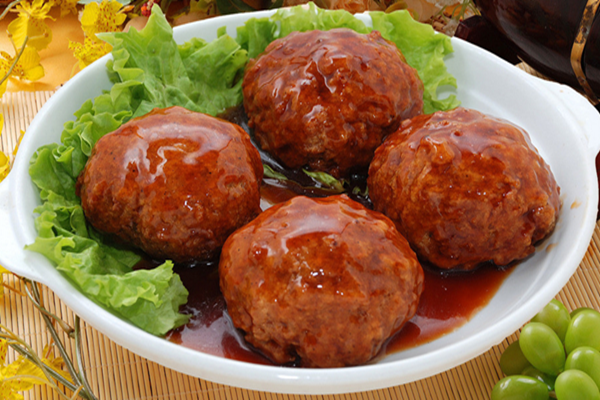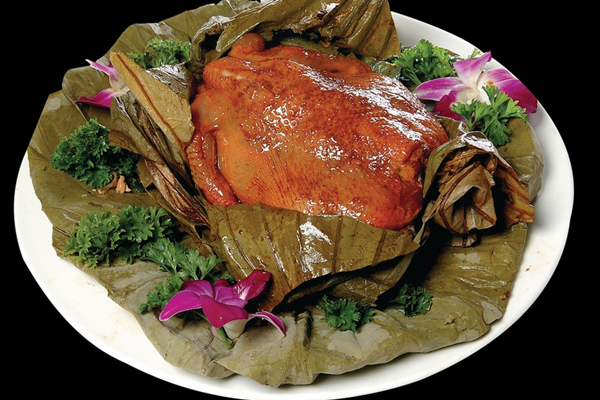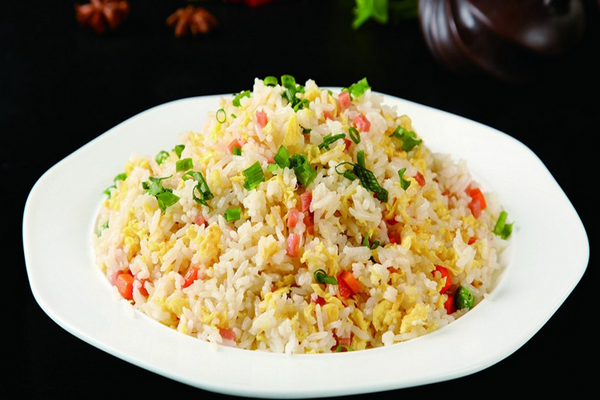Jiangsu, or Huaiyang (淮扬菜), cuisine stands shoulder to shoulder with Cantonese cuisine in terms of its reputation among the culinary elite, and consists of food from the cities of Yangzhou, Nanjing, Suzhou and Zhenjiang.
As a cuisine, it is light, refined and pays homage to the original flavours and textures of its main ingredients. Nanjing was the capital before Beijing, and so Jiangsu has a strong imperial culinary tradition (many cooking methods were developed here, such as ‘Peking’ duck, and then brought to Beijing).
As such, it is one of the main cuisines served at state banquets and to visiting foreign dignitaries. Dishes tend to have subtle, sweet flavours and shy away from spice.
Must-try Jiangsu dishes
Lion’s head (braised meatballs)
shizi tou, 狮子头

The name of this dish is down to its size, which is typically three times that of regular meatballs. The meat is hand chopped, formed into a round shape, and pan-fried to seal in the juices. It is then slowly braised in a dark sauce consisting of soy, vinegar, wine, sugar and cornstarch.
Beggar’s chicken
jiaohua ji, 叫化鸡

A whole chicken marinated in five spice, wrapped in lotus leaves, mud and then roasted. If prepared well, you should easily be able to pick the meat off the bone with your chopsticks. This dish is almost never prepared at home because traditional Chinese residences typically do not have ovens (and the mud can be messy).
Yangzhou fried rice
yangzhouchaofan, 扬州炒饭

If executed well, each grain of rice is coated in a simple seasoning of salt and pepper. The Yangzhou version also consists of diced cured sausage, shrimp and fresh green beans. Ideally, the dish should be pearly white with colourful specks of accompanying meat and vegetables.
Source: timeoutbeijing.com



